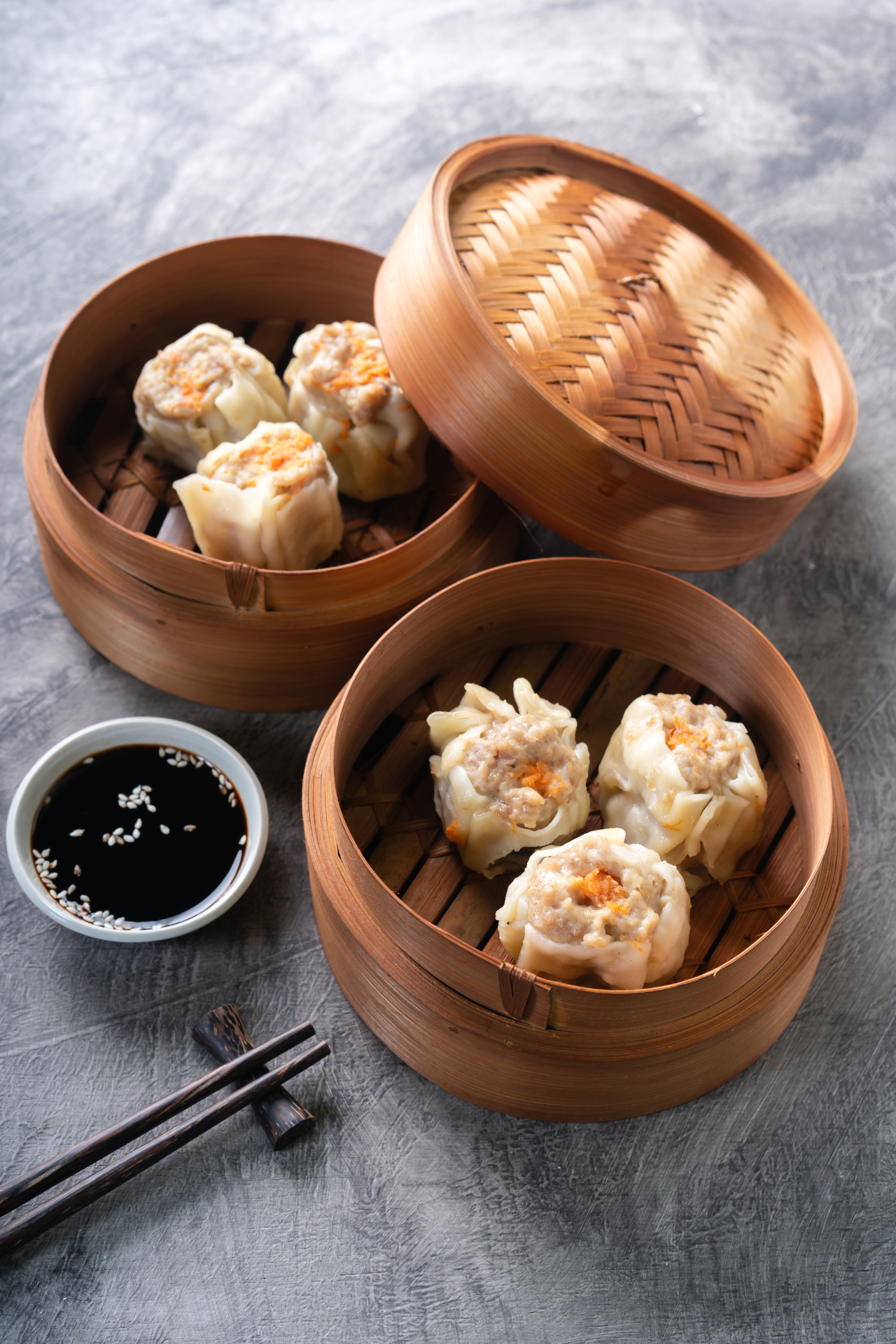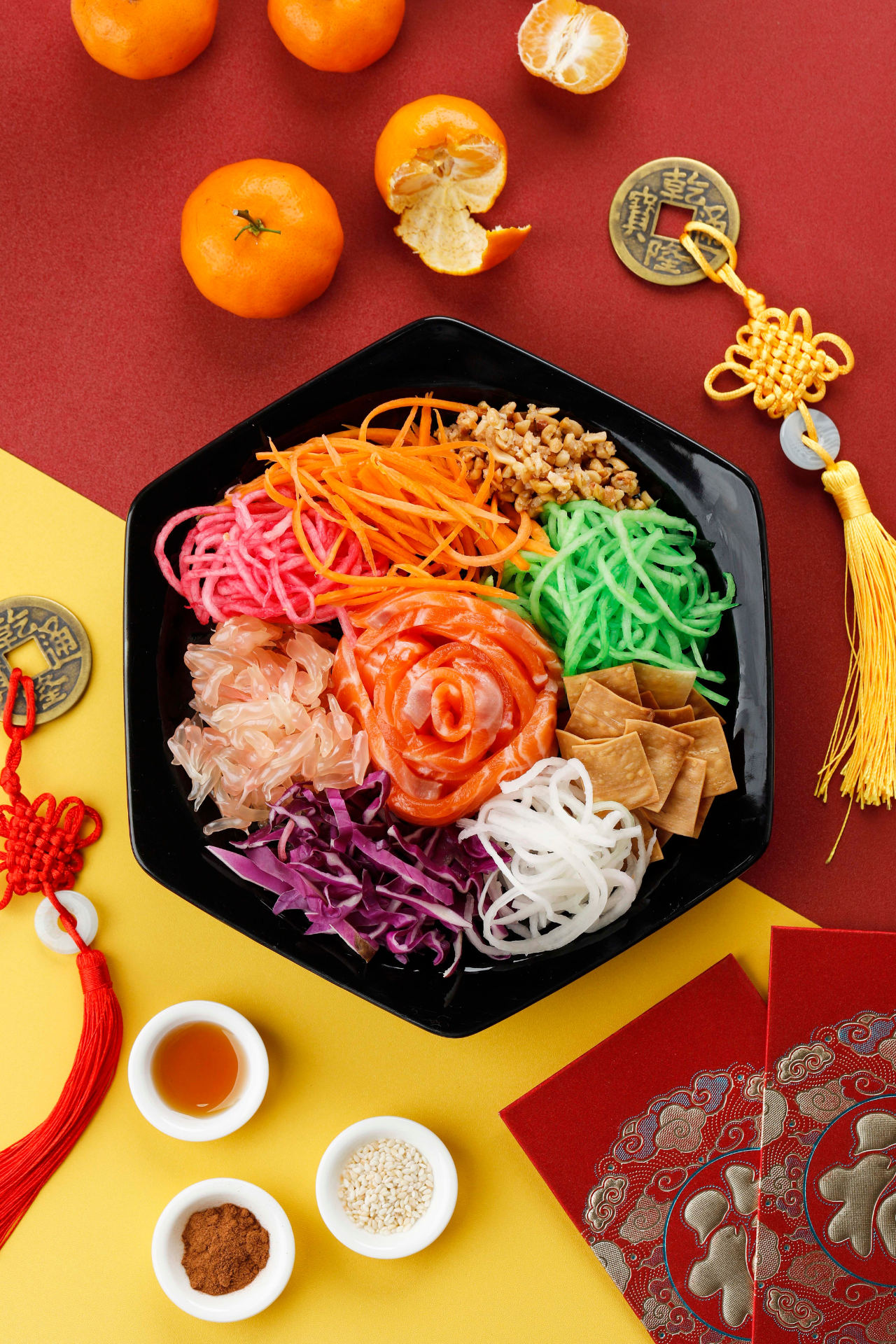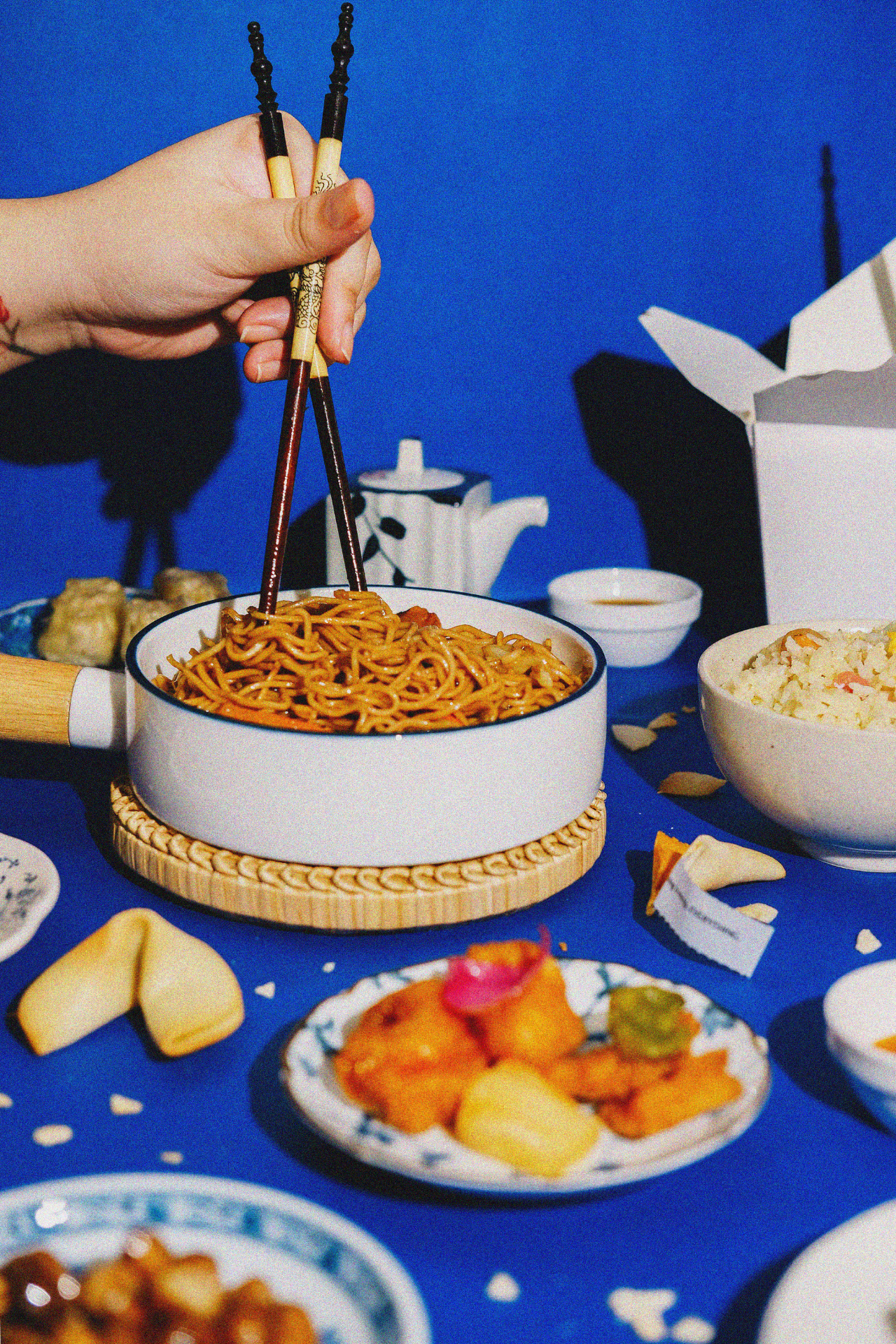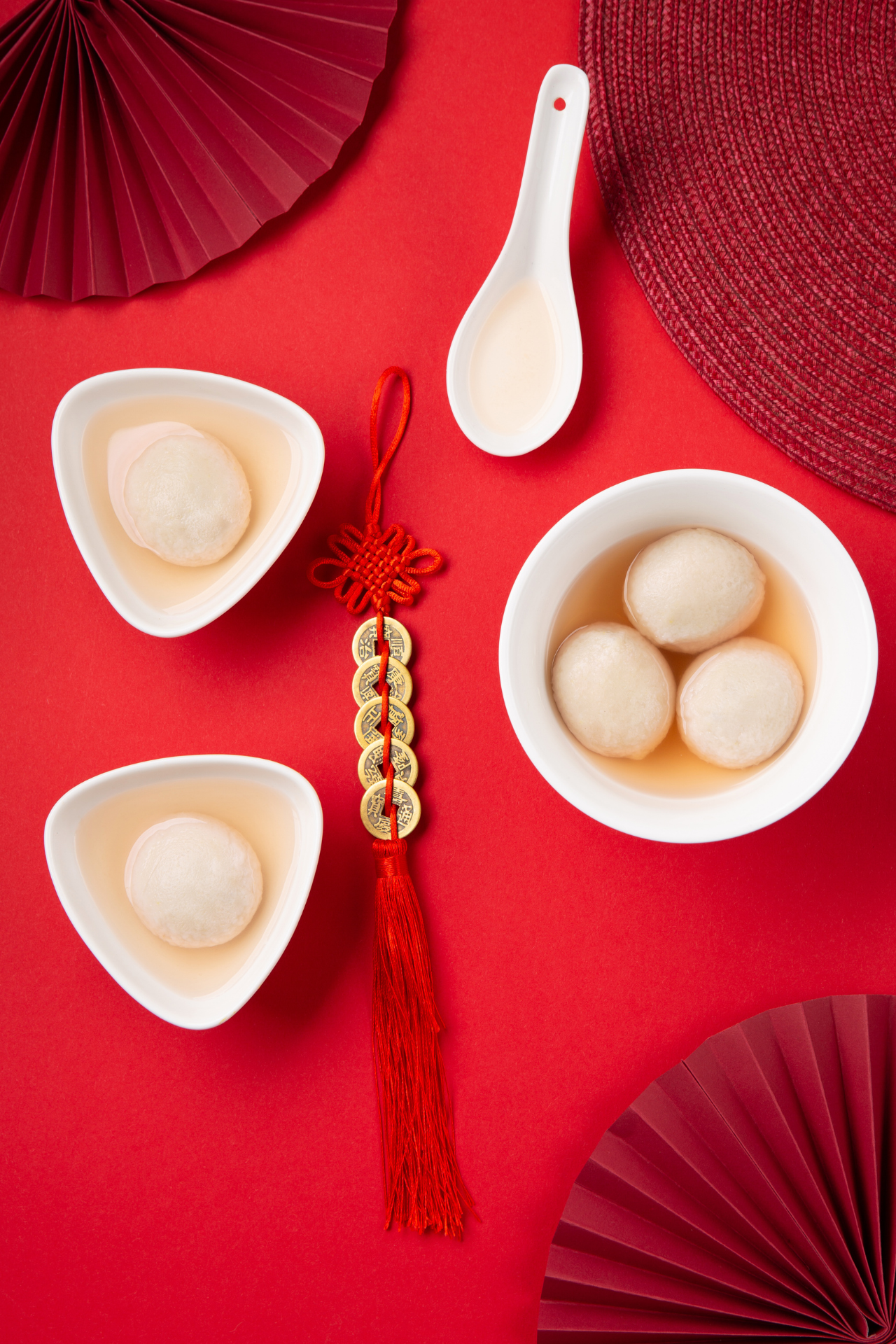Celebrating Chinese New Year: A Feast of Tradition and Flavor
As the lunar calendar ushers in the Chinese New Year, families gather around the world. It’s a time for reflection, and hope for the future, all celebrated through the joy of food. This festive occasion, also known as the Spring Festival, is steeped in rich traditions and culinary delights that symbolize good fortune, health and prosperity for the year ahead. Come along as we explore some of the most beloved dishes and their meanings, and share recipes to help you bring these flavors to your own table.
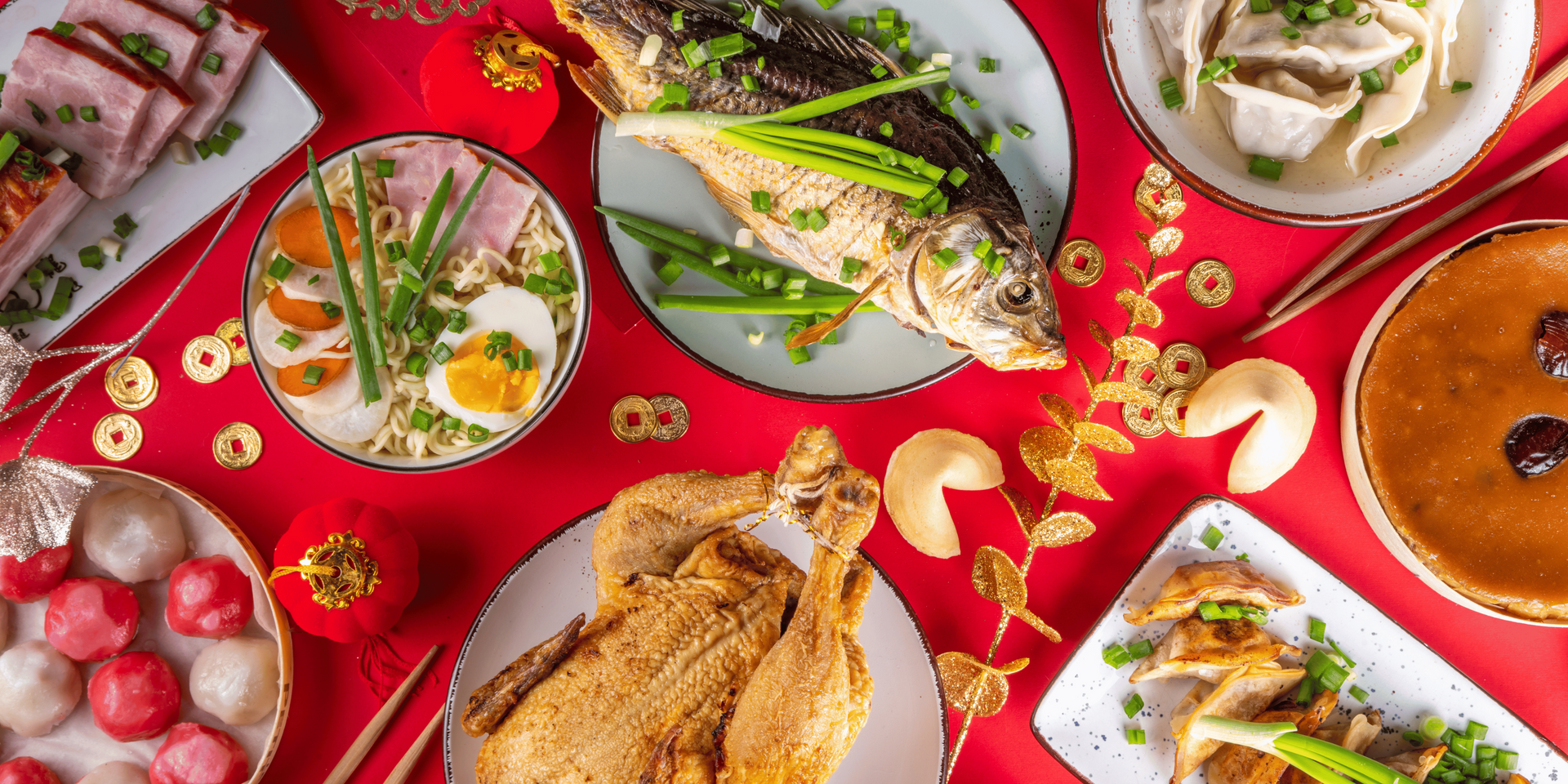
Traditional Dumplings (Jiaozi)
For the Dough:
2 cups all-purpose flour
¾ cup water
A pinch of salt
For the Filling:
1 cup ground pork (or tofu for a vegetarian option)
½ cup finely chopped cabbage
¼ cup chopped green onions
1 Tbsp. soy sauce
1 tsp. sesame oil
salt and pepper to taste
Make the Dough:
In a bowl, mix the flour and salt. Gradually add water, stirring until a dough forms. Knead for about 5 minutes until smooth. Cover with a damp cloth and let it rest for 30 minutes.
Roll the Dough: Divide the dough into small pieces and roll each piece into a small circle, about 3 inches in diameter.
Fill the Dumplings:
Place a teaspoon of filling in the center of each circle. Fold the dough over to create a half-moon shape and pinch the edges to seal.
Cook the Dumplings: You can either steam, boil or pan-fry the dumplings. For pan-frying, heat a little oil in a skillet, add the dumplings, and cook until the bottoms are
golden. Then add a splash of water, cover and steam until cooked through.
Enjoy the dumplings with a dipping sauce made of soy sauce, vinegar and chili oil.
Longevity Noodles
8 oz. fresh or dried egg noodles or wheat noodles
2 Tbsp. vegetable oil
2 cloves garlic, minced
1 cup sliced mushrooms (shiitake or button)1 cup bok choy or spinach, chopped
1 carrot, julienned
2 Tbsp. soy sauce
1 Tbsp. oyster sauce or vegetarian oyster sauce
1 tsp. sesame oil
salt and pepper to taste
chopped green onions for garnish
Bring a large pot of water to a boil. Add the noodles and cook according to package instructions until al dente. Drain and rinse under cold water to stop the cooking process. Set aside.
In a large skillet or wok, heat the vegetable oil over medium-high heat. Add the minced garlic, and sauté for about 30 minutes until fragrant. Stir in the sliced mushrooms and julienned carrot. Cook for about 3-4 minutes until the vegetables are tender. Add the chopped bok choy (or spinach) and cook for an additional 2 minutes until wilted.
Add the cooked noodles to the skillet. Pour in the soy sauce, oyster sauce and sesame oil.Toss everything together until well combined and heated through. Season with salt and pepper to taste.
Transfer the noodles to a serving platter. Garnish with chopped green onions.
Sweet Rice Balls (Tangyuan)
For the Dough:
1 cup glutinous rice flour
½ cup water (adjust as needed)
A pinch of salt
For the Filling: (optional)
¼ cup sweetened red bean paste, black sesame paste or peanut butter
For the Syrup:
4 cups water
1-2 Tbsp. sugar (to taste)
Optional: a few slices of ginger or pandan leaves for flavor
Make the Dough: In a mixing bowl, combine the glutinous rice flour and a pinch of salt. Gradually add water, mixing until a smooth dough forms. If the dough is too dry, add a little more water.
Prepare the Filling: If using a filling, take a small amount of dough (about 1 tablespoon) and flatten it in your palm. Place a teaspoon of your chosen filling in the center, then fold the dough over and roll it into a ball. Repeat until all the dough is used.
Cook the Tangyuan: Bring a pot of water to a boil. Add the rice balls gently into the boiling water. Cook until they float to the surface, which usually takes about 3-5 minutes. Once they float, let them cook for an additional 1-2 minutes.
Prepare the Syrup: In a separate pot, 4 cups of water to a boil. Add sugar and optional ginger or pandan leaves. Stir until the sugar dissolves. Remove from the heat.
Use a slotted spoon to transfer the cooked Tangyuan to bowls. Pour the sweet syrup over the rice balls and serve warm.
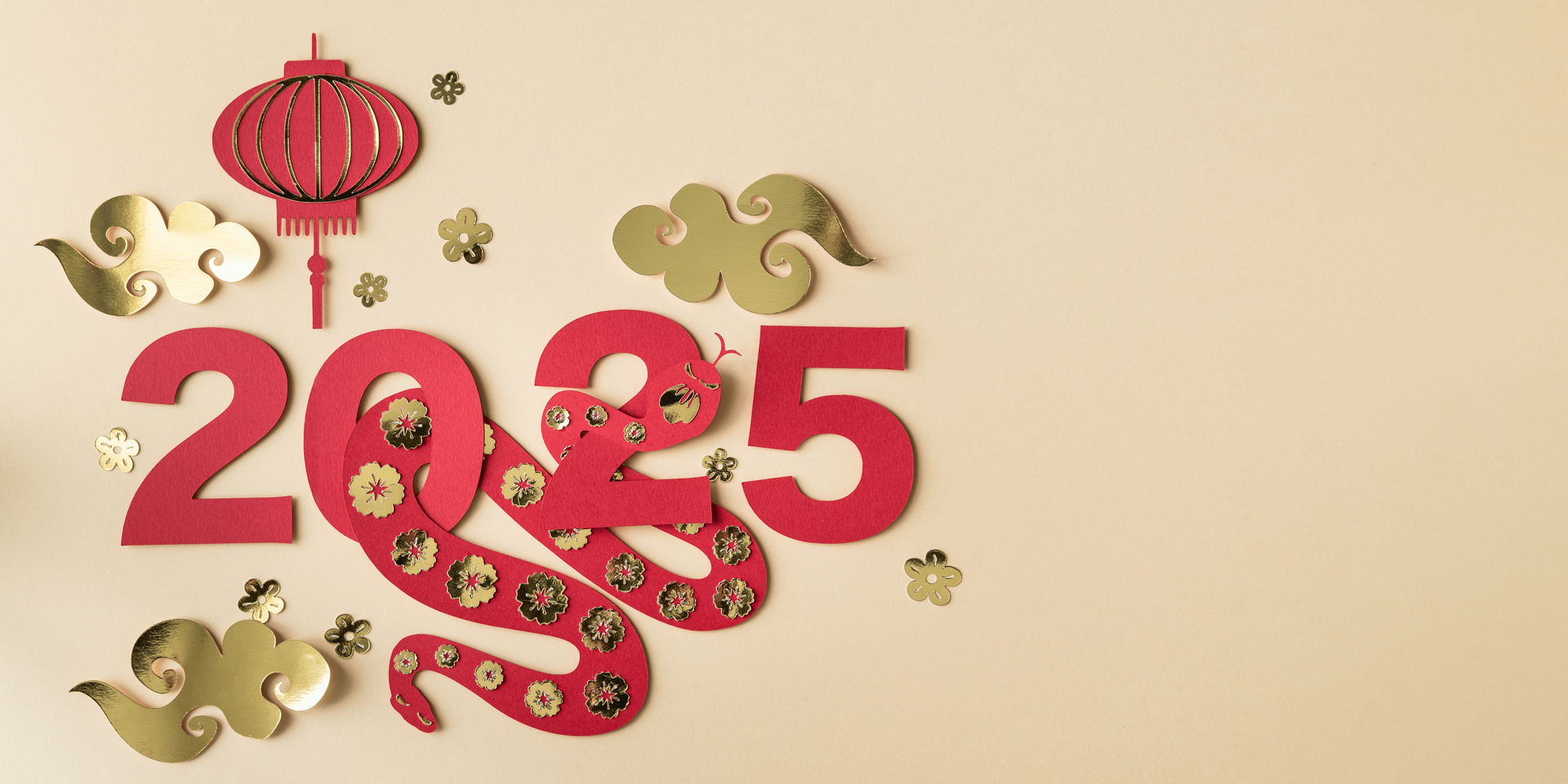
Set your Chinese New Year table with traditional elements like porcelain dishes, chopsticks, and designs featuring snakes or flowers. Use red tablecloths and napkins for good fortune and joy, with gold accents symbolizing prosperity. A simple bowl of oranges can represent wealth, while lanterns and festive music add to the joyful atmosphere.
Wishing you a prosperous and joyful Chinese New Year!

